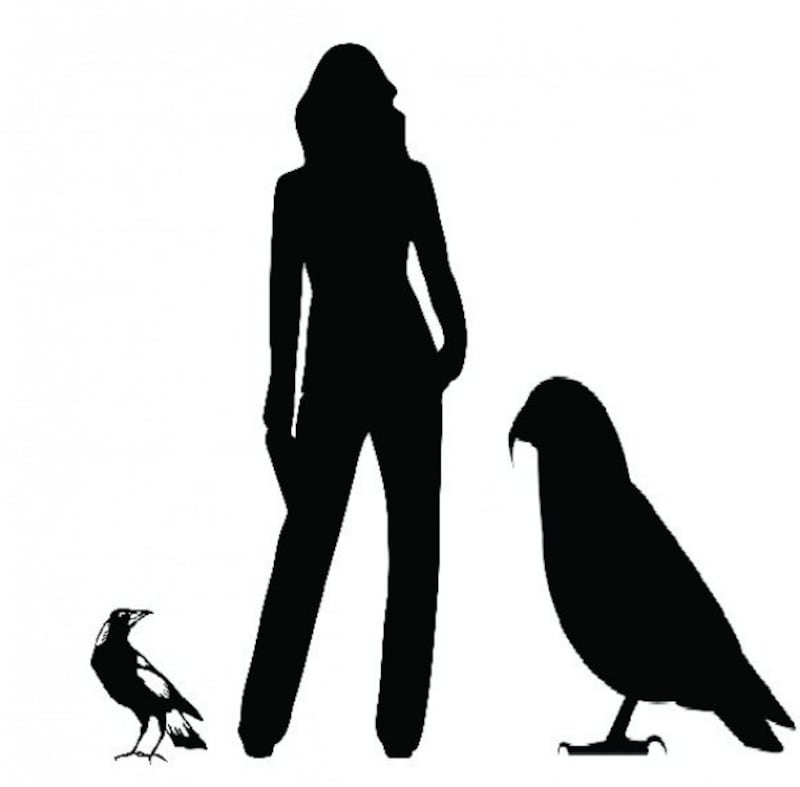Scientists have discovered evidence of what they believe to have been the world’s largest parrot.
Paleontologists said they have named what they believe to be the world’s largest parrot after Heracles.
The bird would have had a massive beak and stood up to a metre tall. Researchers called the parrot Heracles inexpectatus to reflect its Herculean myth-like size and strength — and the unexpected nature of the discovery.

Flinders University associate professor Trevor Worthy said: “New Zealand is well known for its giant birds.
“Not only moa dominated avifaunas, but giant geese and adzebills shared the forest floor, while a giant eagle ruled the skies.
“But until now, no-one has ever found an extinct giant parrot — anywhere.”
The fossil is approximately the size of the giant “dodo” pigeon of the Mascarenes and twice the size of the critically endangered flightless New Zealand kakapo, previously the largest known parrot.
Scientists from Flinders University, UNSW Sydney and Canterbury Museum in New Zealand estimate Heracles to be one metre tall, weighing about 7kg — the equivalent of an average pug.
The giant parrot was found in fossils up to 19 million years old from near St Bathans in Central Otago, New Zealand.
Professor Mike Archer, from the UNSW Sydney Pangea research centre, said: “Heracles, as the largest parrot ever, no doubt with a massive parrot beak that could crack wide open anything it fancied, may well have dined on more than conventional parrot foods, perhaps even other parrots.
“Its rarity in the deposit is something we might expect if it was feeding higher up in the food chain.”
He added that parrots in general are very resourceful birds in terms of culinary interests.
The finding was published in the Biology Letters journal.




